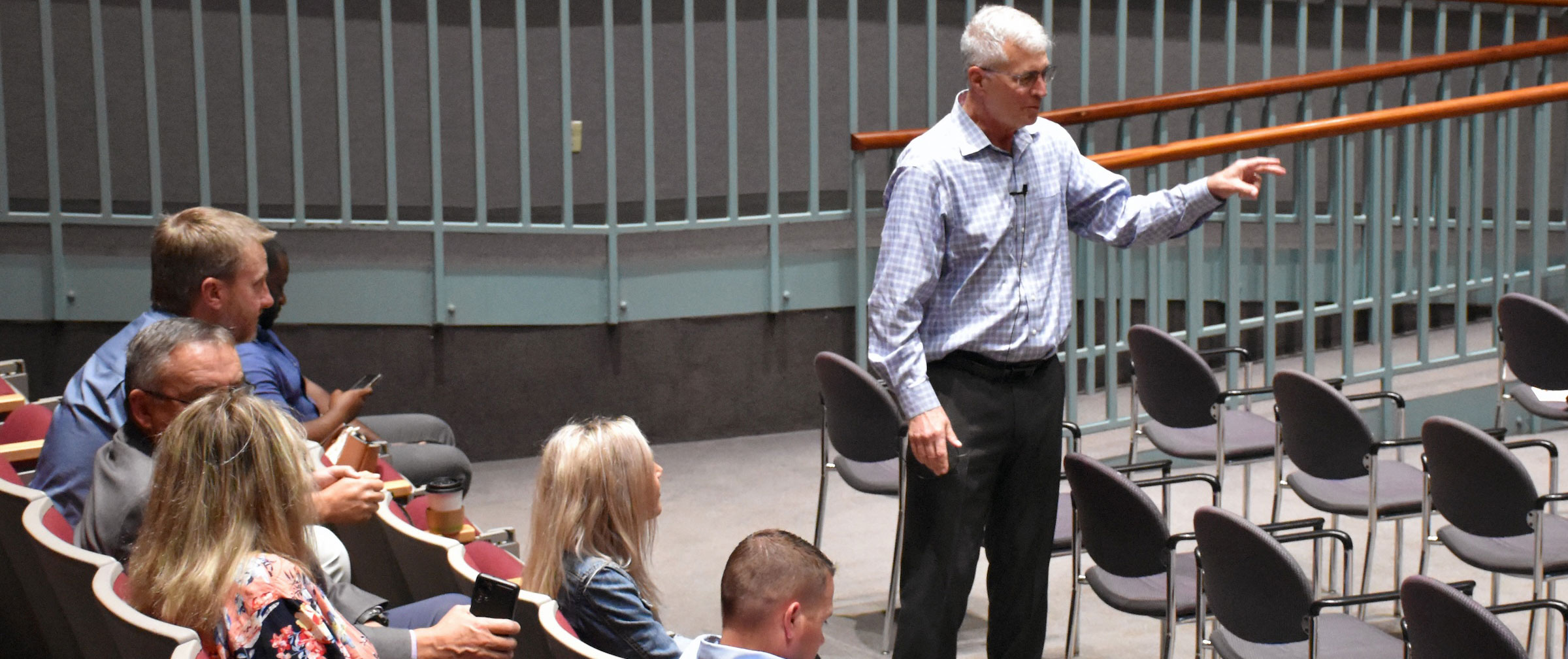A common complaint that I hear from Chief Medical Officers is that they are required to attend too many meetings. Meetings seem to be a way of life for the executive. Even worse, meetings can develop a life of their own- one meeting seems to beget another one. Furthermore, some meetings seem to go on forever until the discussion appears almost random. The chairperson loses control of the meeting and the squeaky wheels take over. And you are so glad you brought your smart phone and laptop to catch up on some real work!
The role of the chairperson is critical to the success of the meeting. Often, the Chief Medical Officer by nature of the position, assumes that role. Having presided over countless meetings in my career, I have developed ten talking points on how to better run a more effective meeting. The successful chairperson needs to manage not only the content and agenda of the meeting, but even more importantly, needs to manage the attendees. Here are ten steps to consider:
1. Always start and end the meeting on time. Establish a reputation for promptness. Of course, for the meeting to start on time, the attendees must arrive a few minutes earlier. Often, the start of the meeting is delayed because people are standing around talking. The ability to network and interact with other attendees is a true value of that meeting, but it must take place either before or after the actual meeting. Avoid making everyone wait for a particular person. Switch the agenda order if necessary, but start on time. A noon meeting starts at noon, period! Similarly, if the meeting is scheduled to be over by one PM, it should be over by one. (There is nothing wrong with ending the meeting early if the agenda items have been appropriately discussed. I am sure that the attendees will not complain.)
2. All agenda items are determined in advance. The only exceptions are true emergencies that have developed since the previous meeting. The chairperson must be completely familiar with every agenda item. Potential issues and conflicts must be considered prior to the meeting. Avoid the obligation to consider an issue randomly brought up by an individual attendee during the meeting if it is not pertinent to the present discussion. Give that person time at a future meeting if necessary.
3. Standing agenda items do not automatically have to have a presentation at each meeting. There is nothing wrong with saying “no report”, especially if there isn’t really anything to report. This allows more time for other topics and avoids the need to create information just for the purposes of reporting.
4. Each agenda item is given a time allocation and each presenter is expected stay within that time. If additional discussion is required, a decision must be made by the chairperson to either adjust the present agenda or reassign that discussion to a future meeting.
5. The chairperson has to be a ruthless timekeeper. This logically follows from the previous point. The chairperson must ensure the time allocations. At times this means interrupting an attendee. This can be done in a very cordial way. In a typical meeting, one or two participants may take up an inordinate amount of time. Always remember that time allotted to one issue is time taken away from another. Having said that, there will be occasional situations when the meeting will last longer than expected. In that event, the chairperson must be sure that the additional discussion is critical and truly warrants prolonging the meeting. Keep in mind that the attendees have other obligations beyond this meeting. If the meeting is prolonged, they either have to leave or be late to their next appointment. In general, unless there is a true time sensitivity, it is better to table the discussion until a future meeting.
6. Always have a pulse on the opinions and the feelings of the individual members. This means knowing in advance which committee members may express particularly strong feelings at the meeting. It may be a good idea to have some independent discussions with these members prior to the meeting. As a chairperson, you never want to be “surprised” at the meeting.
7. Do not use meeting time to educate an individual member. Educational information is critical to any well-functioning committee, but sometimes, there may be one or two members that require additional information on a topic. Know this in advance and seek to provide that information to them prior to the meeting. Always remember that time spent in a meeting is EVERYONE’s time, and precious meeting time should be used for the group, not the individual.
8. Respect the time of the participants. In a previous blog, I talked about calculating the “cost” of a meeting by adding up the hourly salaries of all the attendees. For example, a typical physician meeting with 20 attendees may equate to tens of thousands of dollars of aggregate opportunity lost. All attendees are busy people and have other things to do. Make sure that the meeting is worth their time and effort— or they may find better use of that time in the future.
9. Do not hesitate to cancel or shorten a meeting if there is insufficient material for the full session. Unless the meeting is required for compliance or regulatory purposes, it is better to either cancel the meeting, or simply end early. Never “fluff” the agenda. Everybody’s time is too important for that.
10. Solicit responses from the “quiet” attendees. Some of the most cogent thoughts and ideas can come from attendees who do not speak up. Additionally, pertinent negative issues may not be otherwise expressed. It is always important to get as much interaction and feedback as possible at a meeting.
Hopefully, these ten suggestions will help you chair a more effective meeting that will provide value for both the organization and the attendee.




